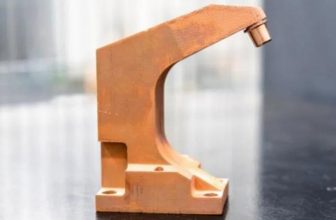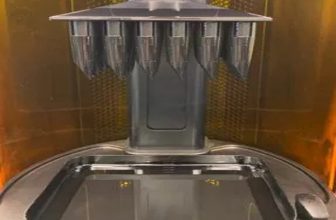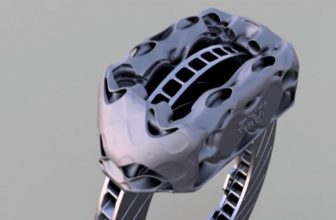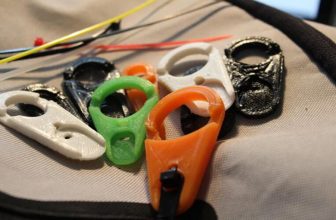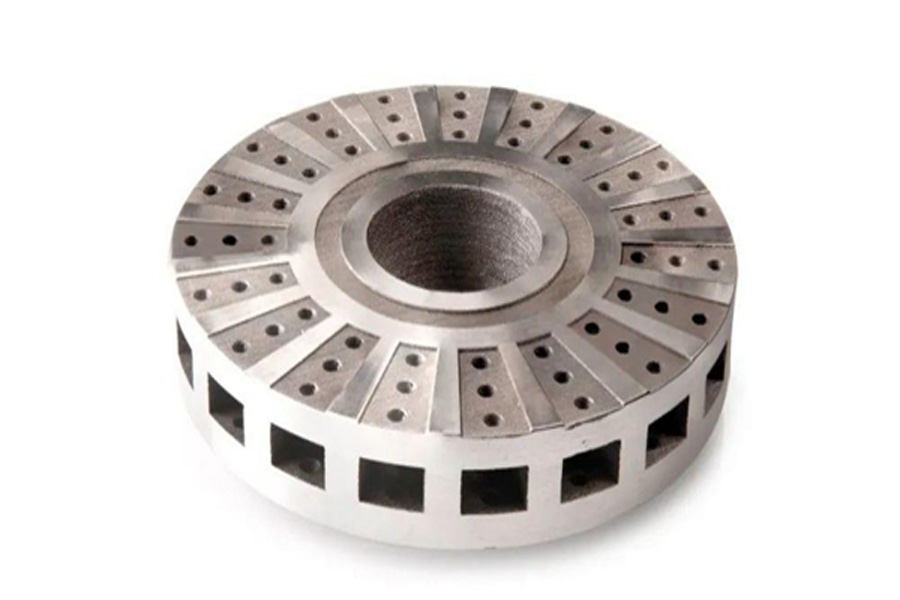
The 3D printing process described in this article is called Moldjet, and the inventor is the Israeli company Tritone. As we all know, Israeli companies have been leading in the field of material jetting technology.
The famous Stratasys polyjet resin jetting technology and XJet metal/ceramic nanoparticle ink jetting technology are all from Israel. The Moldjet process is also based on the development of material injection technology. It has unique advantages in high-precision and high-quality parts manufacturing. It has been favored by the well-known research institution FraunhoferIFAM and developed and applied with the help of this process manufacturing platform.
Moldjet technology has two typical steps: first, the waxy polymer is injected from the inkjet print head to form the mold layer, then the metal paste is filled into the mold layer, and it is leveled with the help of a squeegee. After these two steps are completed, light is used. Achieve hardening of the cover layer. According to these two steps, the mold and the part are formed together after multiple layers are repeated. It is worth noting that during the printing process, the high-resolution camera inside the device will monitor the printing process of each layer, and if it is judged to be defective, the program will be executed again for that layer. The printed part is demolded chemically. Due to the previous light heating, the part itself has a certain strength, and it is easy to demold at one time.
The advantage of adopting this solution is to get rid of the dependence on the support of the parts, and at the same time, it has a higher degree of design freedom than SLM technology, as well as less material requirements and higher utilization than binder injection. Processing materials can also rely on traditional injection molding technology to achieve molding.
The 3D printing platform based on this technology currently has a molding space of 400mm x 240mm x 120mm, which can print stainless steel, tool steel, high-temperature alloys, nickel-based alloys, titanium, and copper-based materials. In fact, the manufacturing platform can also print ceramic materials. This kind of precision parts manufacturing process can be used in aerospace, automotive, consumer electronics and other industries.


